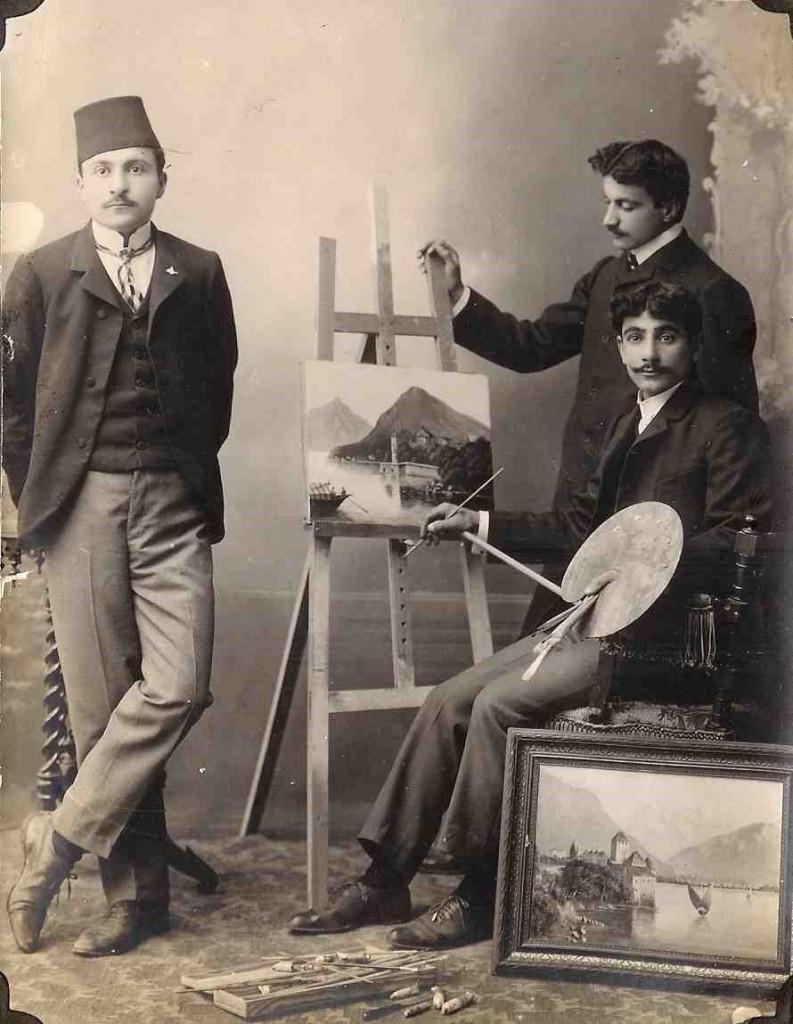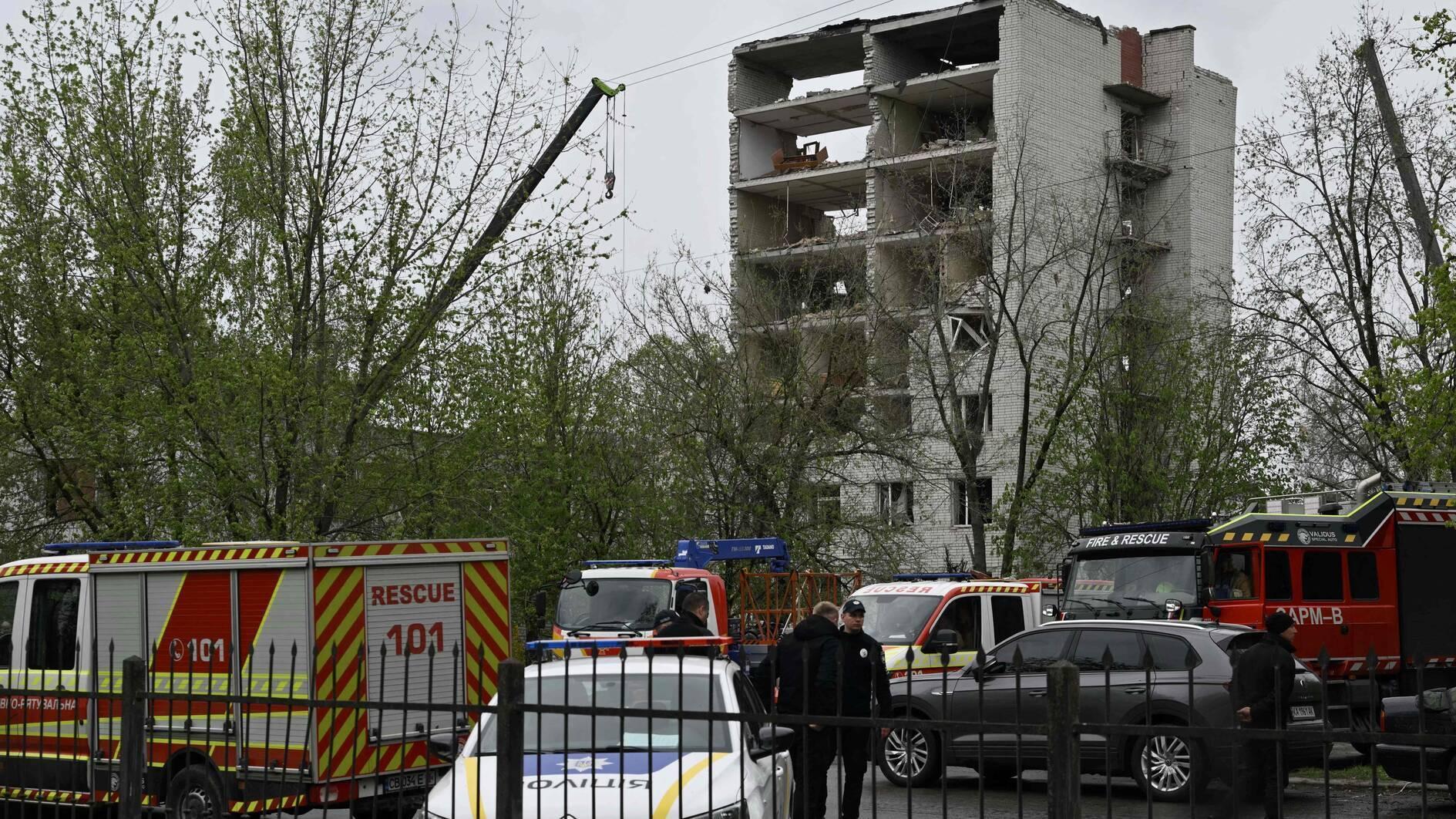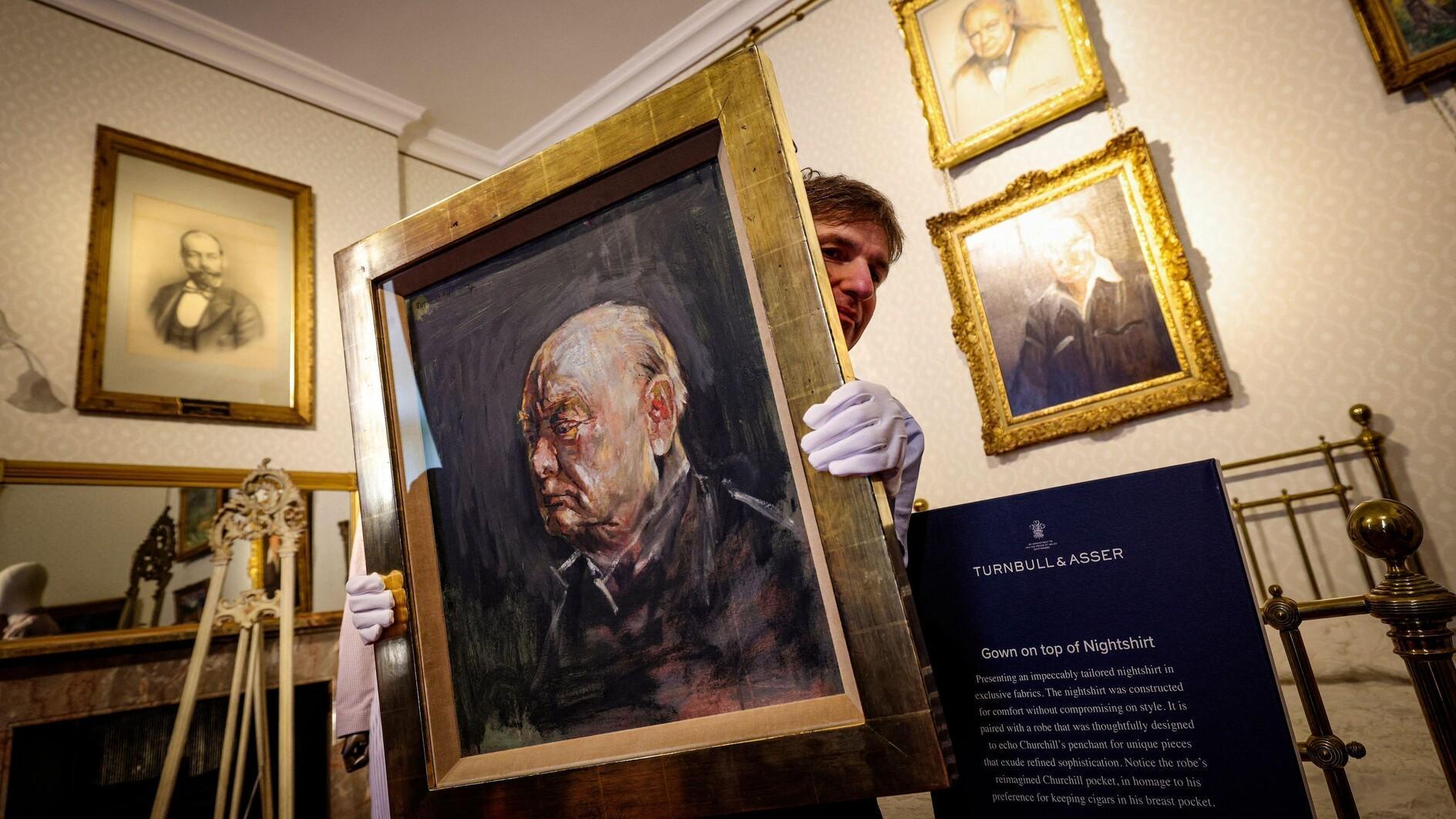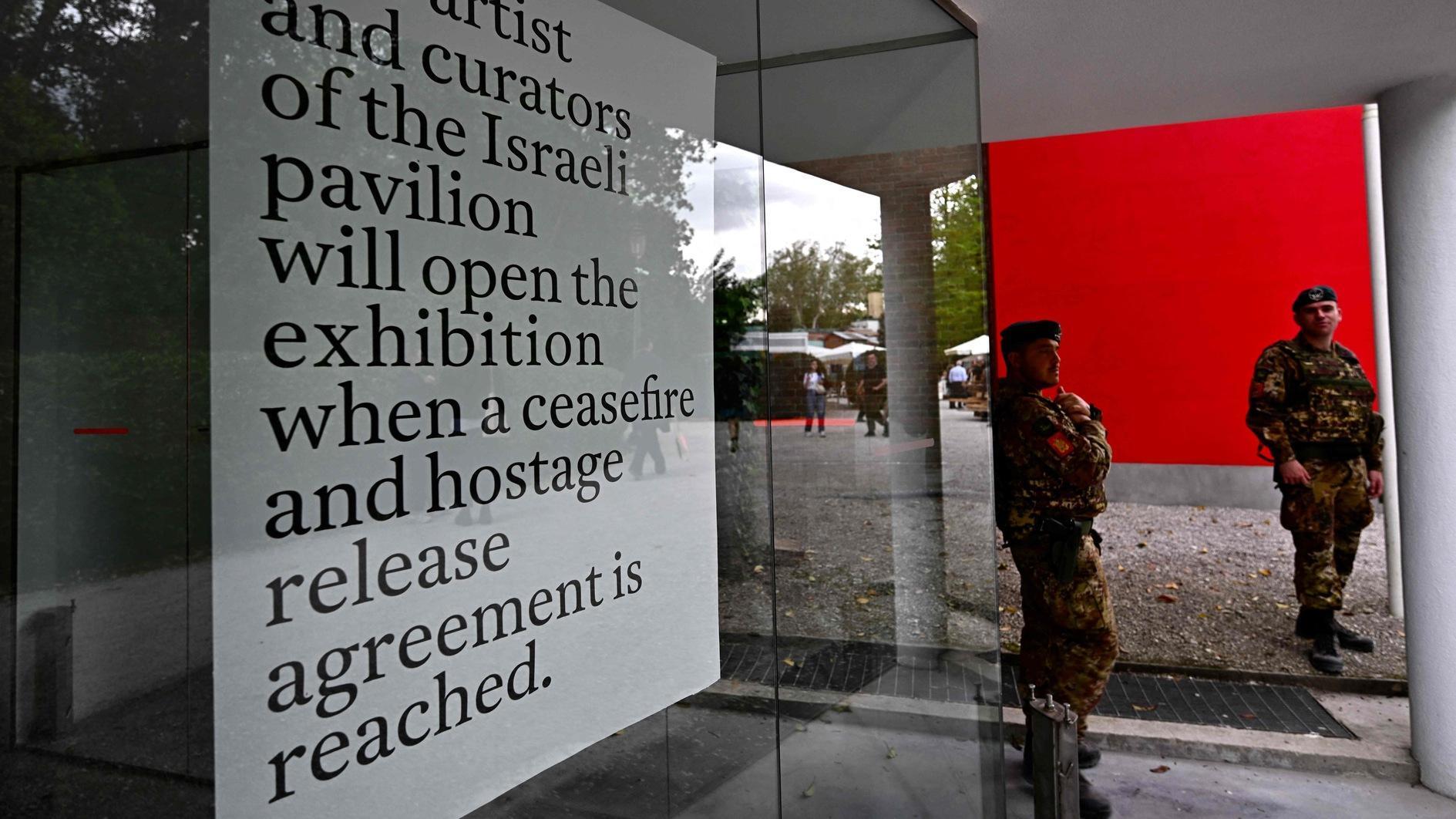The Dildilian photography collection: Glimpse of a lost Armenian home
William Armstrong - william.armstrong@hdn.com.tr

Tsolag Dildilian (L) photographed with his family at his studio in 1912.
‘Reimagining a Lost Armenian Home: The Dildilian Photography Collection’ by Armen T. Marsoobian (IB Tauris, 224 pages, $30)For nearly a century, members of the Dildilian family practiced photography in the Ottoman Empire, Greece and the United States. Unlike the best known Armenian photographers who practiced in Istanbul during the final decades of the Ottoman Empire, the Dildilians worked primarily in Central Anatolia and on the Black Sea coast. The archive they left behind gives a vivid glimpse into provincial life at a time of rapid change and brutal tragedy.
 “Reimagining a Lost Armenian Home” brings together over 200 extraordinary photographs from the Dildilian archive. It also includes text and notes written by Armen Marsoobian, a professor at Southern Connecticut State University who has organized exhibitions based on the collection in Turkey, Armenia, the U.S., and the U.K. He is the grandson of Tsolag Dildilian, the founder of the family business in Sivas in central Turkey in 1882.
“Reimagining a Lost Armenian Home” brings together over 200 extraordinary photographs from the Dildilian archive. It also includes text and notes written by Armen Marsoobian, a professor at Southern Connecticut State University who has organized exhibitions based on the collection in Turkey, Armenia, the U.S., and the U.K. He is the grandson of Tsolag Dildilian, the founder of the family business in Sivas in central Turkey in 1882. Joined by his brother Aram, Tsolag’s photography business developed rapidly and he was able to open studios over a period of 30 years in towns like Amasya, Konya and Adana. The book features photos from these studios, as well as from the family’s travels across Anatolia. More than 900 photographs and glass negatives survived, along with family memoirs describing life during this tumultuous era. It is amazing that so many photos were preserved, and most of the ones reprinted in the book are in top condition.
The photos have added poignancy because we know the cataclysm to come. We see local Armenians’ ordinary life in Anatolian cities; life that could not be further from the great power political intrigue that led to the genocide of 1915. The Dilidians’ photography business developed rapidly, and the collection presents a strange contrast: Unprecedented educational, cultural, and commercial success at a time when tragedy – which would ultimately destroy the family’s presence in its ancestral homeland - was building.
At the center of the book are a series of photos taken in the area around Anatolia College in Merzifon, an American missionary school, theological seminary, and hospital. Some of these photos feature historic moments, including celebrations on the restoration of the constitution in 1908 and Ottoman soldiers marching on campus at the outbreak of the First World War in 1914. Anatolia College also played an important role in the recovery after the Hamidian massacres of 1894, in which up to 300,000 Armenians were killed. Exemplifying the conflicted nature of the era, the tragedy of the massacres was followed by a period of spectacular growth for the school. New buildings were built, enrollments soared, and new faculty members were hired, primarily Armenians and Greeks but also Russians and Turks.

Students of the Anatolia College in Merzifon, c. 1904. Sumpad Dildilian, holding the palette, later managed a branch of the Dildilian Brothers Art Photographers in Samsun on the Black Sea coast. He and his family perished in 1915.
Many Dildilians perished during the massacres and deportations of Armenians in 1915, but some family members were able to survive. Tsolag knew the commander of the local gendarmerie and had himself worked as a photographer for the Ottoman army. He and other family members were allowed to remain in Merzifon if they converted to Islam and assumed Turkish identities, which they did.
Tsolag continued to take photos, which capture the shell-shocked years after 1915. At one point over 2,000 orphans were being looked after on the college campus grounds, and we see photos of groups of children with heads shaved against lice. When the First World War ended in 1918, the surviving Dildilians reclaimed their Armenian identities with the hope of rebuilding their lives in Anatolia. But things got difficult once again with the Turkish War of Independence and they finally ended up leaving Turkey in November 1922.
The Dildilians rebuilt their photography business first in Greece and then in the U.S., but the vast majority of photos included in “Reimagining a Lost Armenian Home” are from the Anatolian heartland. Taken together, the collection is a rich, moving chronicle of a vanished world.
* Follow the Turkey Book Talk podcast via Twitter, iTunes, Stitcher, Podbean, Acast, or Facebook.










